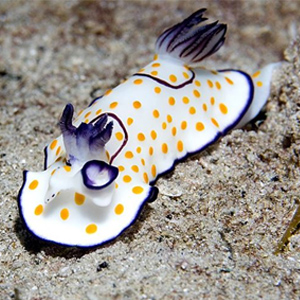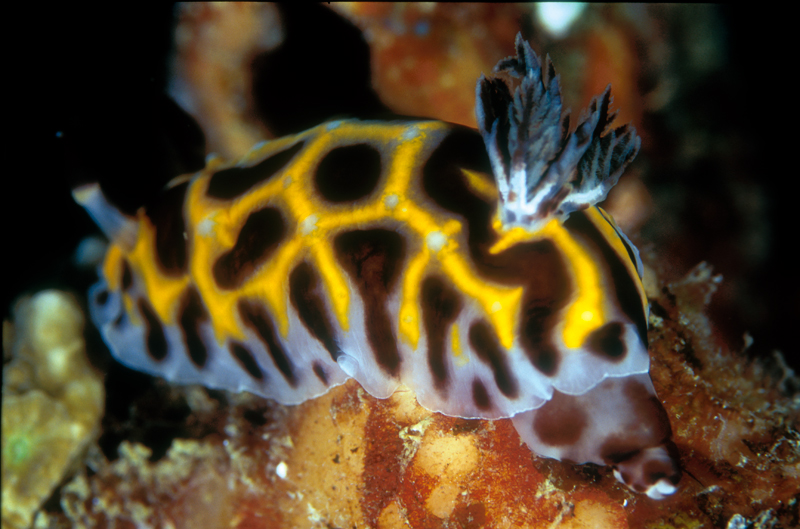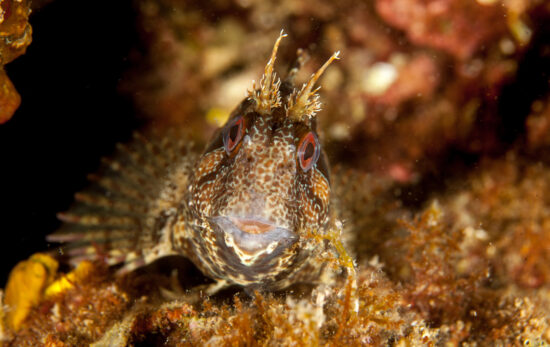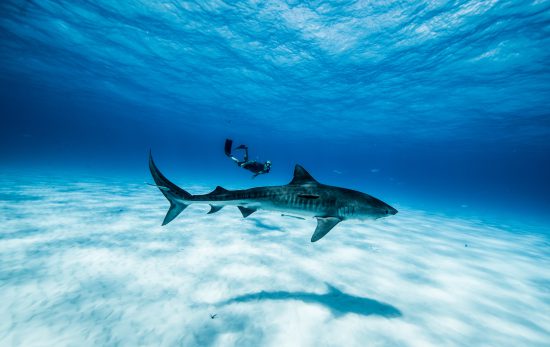For some reason, Nudibranchs – also known as sea slugs – are often associated with being boring. Maybe that’s due to their land counterparts, the slug, but more than likely it’s because divers just don’t know enough about these incredible creatures.

Here are just five reasons why nudibranchs deserve extra appreciation:
1. There are over 3,000 species
Every new nudibranch you see on a dive will be a completely different experience. That’s because there are over 3,000 species of nudibranchs and there are still more being discovered today. Nudibranchs can be seen in a wide variety of colours, shapes and sizes, and are found in both cold and warm waters across the world.
2. Nudibranchs are toxic
Divers don’t have to worry about nudibranchs being poisonous, but predators do. Since they lack any protective shell, nudibranchs send warning signals that let other animals know they might be toxic to help keep enemies at bay.
3. They change colour based on their diet
Nudibranchs are carnivores and eat other small animals such as hydroids, sponges, anemones and barnacles. But, what makes the nudibranch unusual is that they often adopt the colour of their prey, leaving them looking brilliant, colourful and perfect for photos!

4. Nudibranchs are hermaphrodites
Although they don’t usually self-reproduce, nudibranchs possess both female and reproductive organs. This means that any nudibranch can mate with any other nudibranch of the same species, rather than being limited to male or female partners only – a nifty trait which makes it easier for them to reproduce.
5. They leave a slimy trail
As nudibranchs move across the ocean floor with their foot, they leave a trail of slime behind. This slime trail actually serves a clever purpose – it communicates messages to other nudibranchs, such as where to find a mate or that danger is nearby.
As you can see, nudibranchs are far from boring. In fact, they’re really quite interesting!




